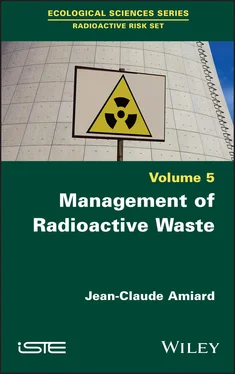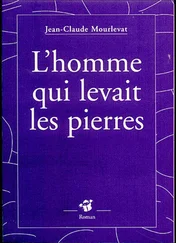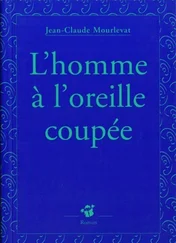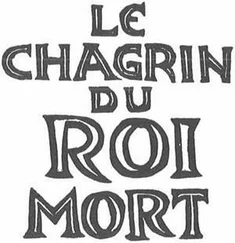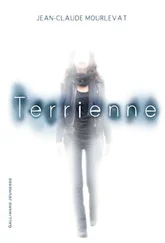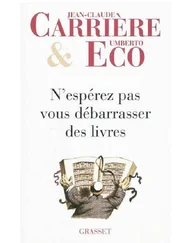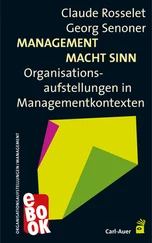112 108
113 109
114 110
115 111
116 112
117 113
118 114
119 115
120 116
121 117
122 118
123 119
124 120
125 121
126 122
127 123
128 124
129 125
130 126
131 127
132 128
133 129
134 130
135 131
136 132
137 133
138 134
139 135
140 136
141 137
142 138
143 139
144 140
145 141
146 142
147 143
148 144
149 145
150 146
151 147
152 148
153 149
154 150
155 151
156 152
157 153
158 154
159 155
160 156
161 157
162 158
163 159
164 160
165 161
166 162
167 163
168 164
169 165
170 166
171 167
172 168
173 169
174 170
175 171
176 172
177 173
178 174
179 175
180 176
181 177
182 178
183 179
184 180
185 181
186 182
187 183
188 184
189 185
190 186
191 187
192 188
193 189
194 190
195 191
196 192
197 193
198 194
199 195
200 196
201 197
202 198
203 199
204 201
205 202
206 203
207 204
208 205
209 206
210 207
211 208
212 209
213 210
214 211
215 212
216 213
217 214
218 215
219 216
220 217
221 218
222 219
223 220
224 221
225 222
226 223
227 224
228 225
229 226
230 227
231 228
232 229
233 230
234 231
235 232
236 233
237 234
238 235
239 236
240 237
241 238
242 239
243 240
244 241
245 242
246 243
247 244
248 245
249 246
250 247
251 248
252 249
253 251
254 252
255 253
256 254
257 255
258 256
Radioactive Risk Set
coordinated by
Jean-Claude Amiard
Volume 5
Management of Radioactive Waste
Jean-Claude Amiard

First published 2021 in Great Britain and the United States by ISTE Ltd and John Wiley & Sons, Inc.
Apart from any fair dealing for the purposes of research or private study, or criticism or review, as permitted under the Copyright, Designs and Patents Act 1988, this publication may only be reproduced, stored or transmitted, in any form or by any means, with the prior permission in writing of the publishers, or in the case of reprographic reproduction in accordance with the terms and licenses issued by the CLA. Enquiries concerning reproduction outside these terms should be sent to the publishers at the undermentioned address:
ISTE Ltd
27-37 St George’s Road
London SW19 4EU
UK
www.iste.co.uk
John Wiley & Sons, Inc.
111 River Street
Hoboken, NJ 07030
USA
www.wiley.com
© ISTE Ltd 2021
The rights of Jean-Claude Amiard to be identified as the author of this work have been asserted by him in accordance with the Copyright, Designs and Patents Act 1988.
Library of Congress Control Number: 2021940534
British Library Cataloguing-in-Publication Data
A CIP record for this book is available from the British Library
ISBN 978-1-78630-722-4
The use of nuclear energy for military or civilian purposes inevitably leads to the production of radioactive waste. The management of this waste is one of the most serious problems facing industrialized nations.
As with all other wastes, radioactive waste can be disposed of in one of two ways: dilution or containment. A third method exists for radioactive waste with a very short physical life, less than 100 days, which is to wait, under safe conditions, for natural physical decay.
Dilution consists of reducing the radioactive risk by dispersing the radionuclides in vast compartments of the environment such as the lithosphere, the atmosphere or the hydrosphere. This can only be done for very low-level radioactive waste, even though it has been practiced more widely in the past.
Containment consists of immobilizing the waste as long as it remains radioactive. This is relatively easy for short-lived radionuclides, i.e. with a physical half-life of less than 30 years. On the contrary, it is much more difficult to ensure for long-lived radionuclides, for some of which the physical half-life is counted in millions of years. Currently, the only realistic and practicable solution found is the multiplication of physical barriers between the radioactive waste and the environment and the biosphere, the last barrier being geologically stable and impermeable layers of the lithosphere.
The classification of radioactive waste has been the subject of IAEA recommendations, but this has not prevented the multiplication of classifications in different states, which complicates possible comparisons. These classifications are based on a combination of two parameters: the waste’s level of activity and the half-life of the radionuclides constituting the waste.
A major difference in classification divides nations into two categories depending on whether they practice an open or closed nuclear fuel cycle. In the latter case, a portion of the radioactive waste is removed from this classification and is considered as usable nuclear material. However, the number of states using the closed cycle is steadily decreasing, which makes it necessary to review the quantities of radioactive waste to be actually managed.
The management of radioactive waste is specific to each state. The majority of nations manage short-lived radioactive waste in surface storage facilities and a minority in underground facilities.
On the contrary, for long-lived radioactive waste, few states have definitive solutions. This is due to the fact that the containment of the radionuclide must be guaranteed for thousands of years. For low-level waste, most countries opt for dry interim storage. For intermediate- and high-level waste, the solution generally envisaged is deep geological disposal, with some countries favoring deep geological drilling.
In the field of radioactive waste management, research is very active and innovations are numerous. This does not prevent gaps in our knowledge, uncertainties about the nature of the disposal to be adopted for certain categories of waste and often a negative opinion of the public to the proposed solutions.
June 2021
Jean-Claude Zerbib, former CEA Senior Expert, radiation protection engineer, had the difficult task of proofreading, annotating and criticizing this manuscript. He also provided me with precious documents to complete the abundant literature that was used in the writing of this book. I would like to thank him very much for this.
Professor Philip Rainbow (former Keeper of Zoology, Natural History Museum, London, United Kingdom) has done the same for the English version. I warmly thank them both for their time and efforts.
I would also like to thank the members of the Scientific Council of the ANCCLI who helped me in the understanding of certain subjects. The same goes for all the members of the Groupe Radioécologie Nord Cotentin (GRNC), a pluralist group, for the remarkable work done together and with every courtesy.
1
Classifications and Origins of Radioactive Waste
1.1. Introduction
Compared to other categories of waste, the quantity of radioactive waste is relatively small. In France, nuclear waste represents 2 kg per year per inhabitant [AND 17a], compared to 580 kg of household waste, 900 kg of non-construction waste and 3.4 tons of industrial waste [ADE 20]. But these residues represent an immense problem because some of them are extremely radioactive and remain harmful over excessively long time scales, for some hundreds of thousands or millions of years, that humanity cannot control.
Читать дальше
